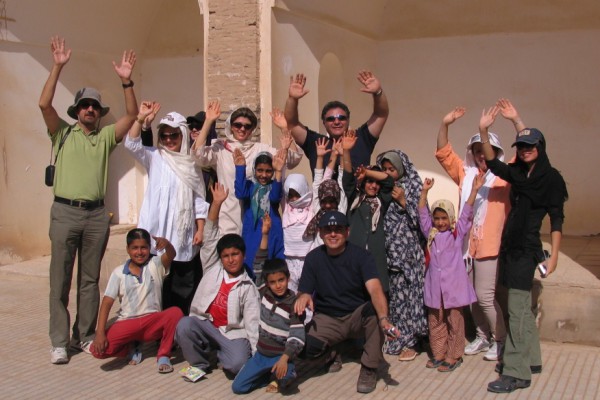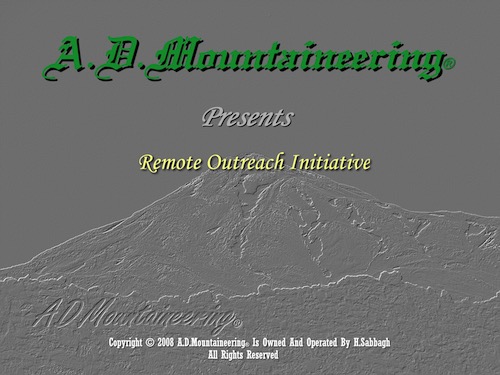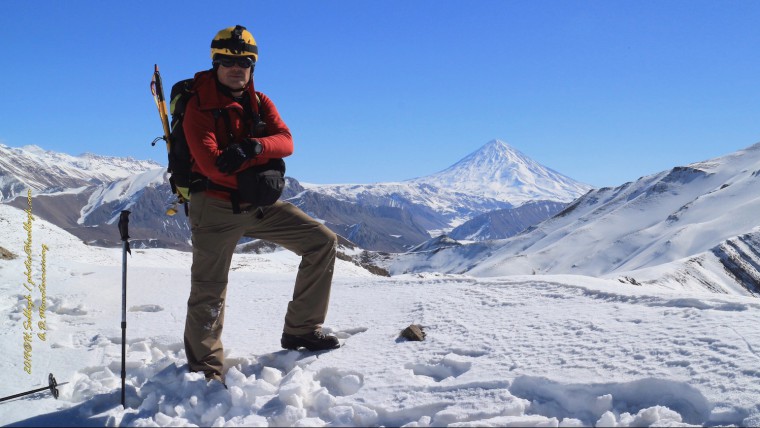A.D.Mountaineering – Remote Outreach Initiative (ADM-ROI)
Created in 2008, ADM-ROI is an especial program aimed to provide free spinal screening, in particular, for children and adolescence living in remote rural regions who may have limited access to spine care.
I was inspired to create this program while on a mountaineering trip in one of the remotest areas in north-west of the country. Majority of the main 4000 plus meter summits in Iran, are situated in isolated regions, often in vicinity of small villages. It is important to note that almost all the areas that I have visited regardless of remoteness, did have access to basic medical care. However, the majority of the attending health care providers seemed inadequately trained to perform spinal screening, particularly in respect to the children and adolescence populations.
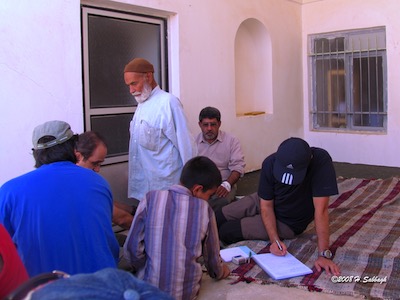
Accurate diagnosis of scoliosis and hyper-kyphosis in the earlier stages can be challenging, and does require specific training in this area. It is also important to note that early diagnosis is one of the consequential factors, which directly affects the long-term prognosis for many of these cases. I, therefore, felt that with the help of a few colleagues, we may be able to provide a valuable service to these populations, on location, and at no cost to them. Furthermore, all the necessary follow-up examination and treatment procedures have been offered at my Tehran clinic, also free of charge.
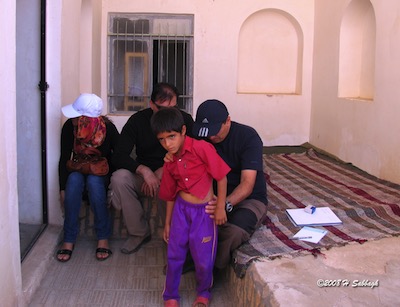
And there is of-course the issue of securing the initial permits for the examining procedures in the first place. As our target group are children and adolescence, presence of a legal guardian during the examination is mandatory, and sometimes this in itself can be a problem.
Despite difficulties in reaching some of these remote locations and performing the initial spinal screening, the most challenging aspect has been performing the follow-up examinations, and required imaging studies as well as treatment procedures. Moreover, any active treatment or even bracing alone can be a difficult task to follow through in these remote regions. This is mainly due to long distances involved, and the related logistic issues.
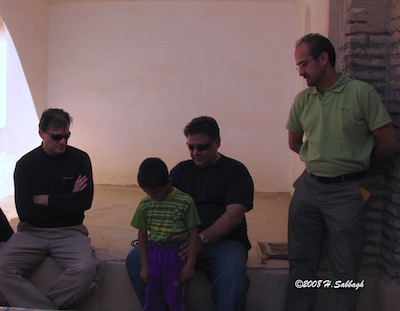
One of the most challenging aspects of this program has been educating the parents about the importance of follow up examinations as well as the recommended treatment programs. In a few cases, there has been a complete rejection of our initial diagnosis by the parents, as a negative labeling of their children.
Fortunately, these cases have been rather isolated.
Nevertheless, because spinal deformity in its early stages is hard to detect, many parents simply do not follow up on the recommendations, as they see no obvious problem. In addition, there seems to be a direct and strong correlation between patient compliance in general, and the time frequency that a specific location is revisited by our team, which in some cases may not be possible due to limited resources.

This is why, training the available local health care providers to perform a competent spinal screening, has been prioritized.
In an effort to raise the awareness about spinal deformities, and with cooperation from the Leggo company here in Iran, we have published a free informatory leaflet on this subject. In this leaflet, the importance of early diagnosis, and possible complications in the adulthood have been emphasized. The Leggo company has also been gracious enough to make these leaflets available in their chain of stores across the country.
It is interesting to note that almost all of our spinal screening programs in these rural regions, has included adults and even senior citizens, who requested to be examined due to variety of complaints. In fact, up to 50% of those examined in one single location were adults.
For example, in one village with population of one hundred and forty six (146), thirty one (31) people were examined with age range of six to seventy eight (6-78) years old. Only eleven (11) cases were actually in our target range between the ages of six to fourteen (6-14) years, who were screened for spinal deformity. Others had a variety of other complaints ranging from tennis elbow to chronic radiculitis, who were treated accordingly.
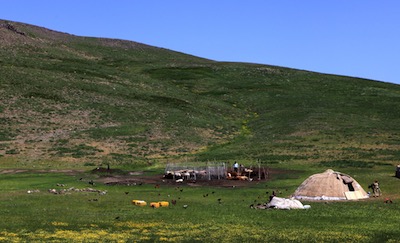
Among the eleven (11) cases in our target age group, six (6) were found to have some form of deviation from the accepted normal range and required further examinations. Subsequently, two (2) of these cases were severe enough to require imaging study at that time.
However, only one (1) of the two (2) immediate cases, actually obtained the imaging study and participated in the treatment program. This patient was managed successfully and was followed up to the age of maturity, with good results.This particular village had an unusually high rate of thoracic hyper-kyphosis cases.
I am currently working to provide a more accurate demographic data on these patients. However, long-term success rate defined by each patient who is diagnosed with spinal deformity (scoliosis/hyper-Kyphosis), having completed the entire recommended treatment program, has been rather low.

The main culprit seems to be lack of patient compliance, which is perhaps the biggest obstacle to overcome in programs of this type. This is why we need to work harder on public education in regard to spinal health, and importance of early diagnosis and preventive care.
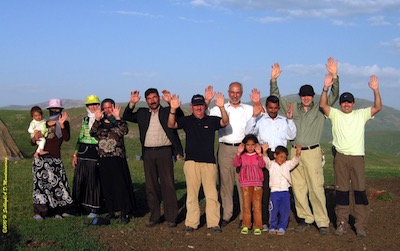
Nevertheless, even if we can manage to save only a few of these patients from the long-term side effects of spinal deformity in adulthood, the result does, in fact, justify the effort put into this program. More specific data from this ongoing program is being analyzed, which can serve as a guideline for better future planning.
H. Sabbagh D.C.
